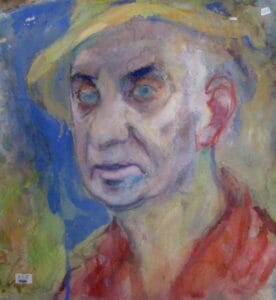
David Labkovski (1906-1991) was a Jewish artist whose paintings depict his life and the lives of other Holocaust survivors before, during, and after WWII. His works depict “the world that was” as seen through his perspective; he paints colorful scenes of his life in Vilna (current-day Vilnius, Lithuania) before the war and the devastation he finds there upon his return from a Siberian prison, both to the city and the Jewish community that has been persecuted by the Gulag and the Nazis.The entirety of his portfolio was finished after Labkovski immigrated to Israel in 1958.
Called the Jerusalem of Lithuania, Vilna was a thriving city for Jewish culture prior to World War II. David Labkovski grew up in that vibrant world. From stunning images of the Great Synagogue to expressive oils of his wife’s home, he gives the viewer a remarkable glimpse into “the world that was.” Labkovski’s work shows a thriving city, with people participating in their everyday activities. His work is both beautiful and disturbing. Painted from memory more than a decade after WWII, he uses angle and line to foreshadow the destruction of his community.
Labkovski followed his brothers to Moscow. There, he worked as a set designer at the Moscow State Yiddish Theater. In 1935, he attended the prestigious Art Academy in Leningrad. But two years later, David was drafted into the Red Army. Shortly thereafter, he was arrested and sentenced to Siberia as “an enemy of the state.”
Sentenced to the Gulag in Siberia for three years, he survived the brutal conditions by sketching portraits and serving as a tattoo artist for inmates and prison guards. His compensation was additional food rations.
This collection is almost entirely self-portraiture. His eyes are hollow, revealing the utter despair and dehumanization he faced in the prison camp. Food and the elements are central themes, revealing the hunger and brutal conditions he survived.
After completing his sentence, Labkovski and his wife returned to Vilna, optimistic that the hardships they had faced would be behind them.
Unaware of the fate of the Jews of Vilna, they returned to a destroyed city and to the loss of almost the entire Jewish community. At that time, Lithuania was part of the Soviet Union. Constantly living in fear of rearrest, survivors of both the Gulag and Nazi persecution remained silent about their experiences. When survivors did share their experiences with Labkovski, he was not free to document their testimony. He remained under Soviet oppression until 1958.
The art representing this period portrays Vilna eerily void of the community, buildings in ruin. Labkovski’s work also documents the survivors’ testimonies. He explores the fate of Rivka’s family and that of his own extended relations. The colors and themes express despair and loss. Gray, cold skies, winter garb, Labkovski uses color and tone as a means of expression. Large groupings of faceless people with few highlighted faces simultaneously represent the magnitude of the devastation and the personal nature of the tragedy.
David and Rivka immigrated to Israel in 1958. He showed his work a year later with critical success; however, Israeli society was not ready to see the images of the “world that was.” Labkovski’s full body of work was created in Israel. There is a dramatic difference between his early work, depicting scenes from his past, to the landscapes, florals and portraits of his new surroundings. This emerging renewal can be seen in the expressions of his subjects and the vibrant palette. Labkovski was a prolific artist, amassing an extensive portfolio. He refused to sell any of his work; the subjects were too personal, and the lingering betrayal was too painful. A museum of his work opened in Ramat Gan, Israel in 1988. It was his dream that the artwork would be shared with a broad audience to bear witness to the past and share his renewed hope in the future. Labkovski died in 1991.

David Labkovski attended the Tarbut Hebrew High School. He continued advanced studies in the College of Painting and Decorative Design and in the workshop division of "Ezra Derech Amal" (Help through Labor).
He was a member of Young Vilna*. At 16, Labkovski was part of the Polish exhibition of Jewish artists in 1922.
*Young Vilna was a Jewish literary and artistic society in Vilna.
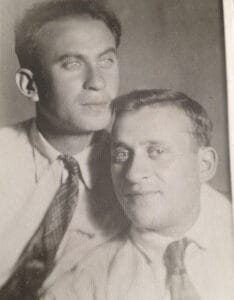
Labkovski goes to Moscow, Russia and works as a painter and decorator for Shlomo Michueles' State Jewish Theater.
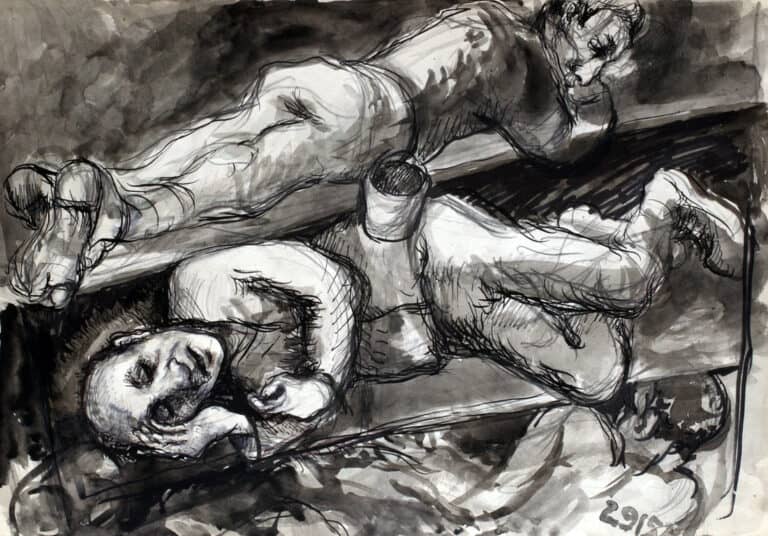
Labkovski studied at the Academy of Art in Leningrad, Russia. His studies were suspended because he was conscripted into the Red Army. In July of 1941, Labkovski was arrested for anti-Soviet behavior and imprisoned in the infamous Lubyanka Jail. In May of 1942, he was sentenced to three years in the Gulag in Siberia.
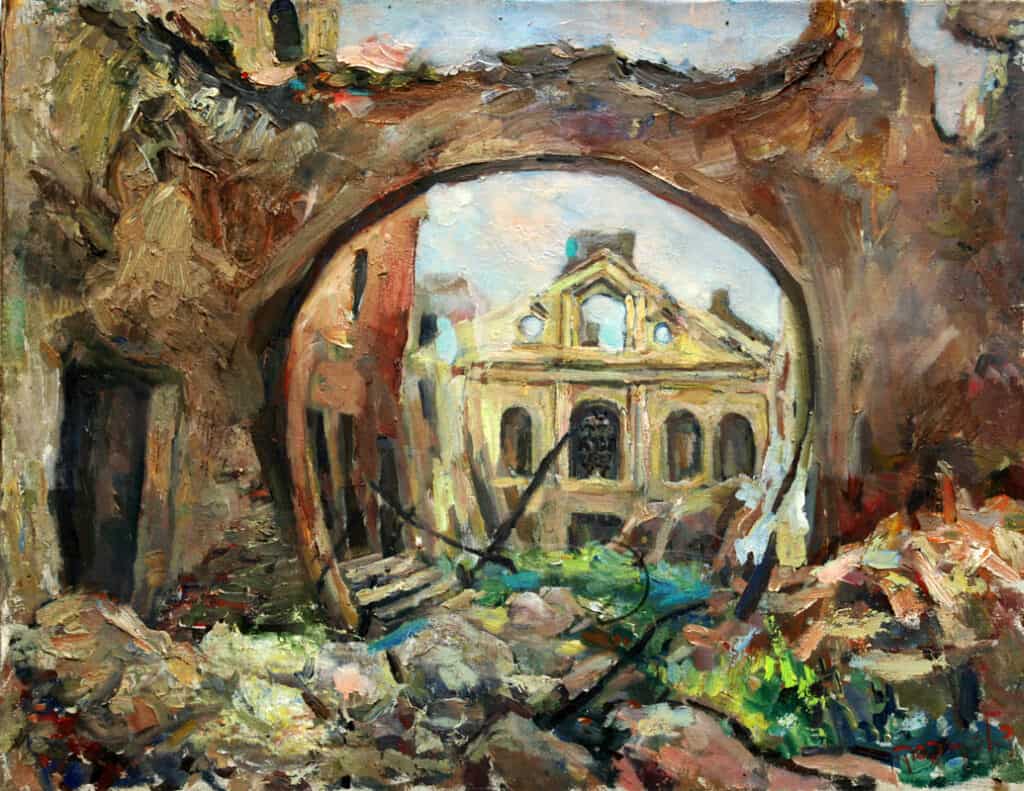
While Labkovski is in prison in Siberia, Vilna is devastated by the war. The Jewish community is decimated by the Nazis; over 95% of the pre-war Jewish population was murdered by the Nazis and their local collaborators.
This time period in the town of Vilna becomes the subject matter for Labkovski's later work. Beyond depicting the desolate streets of the city, he depicts the testimonies of survivors of the Nazi occupation.
The Nazi invasion of Vilna in June of 1941 was immediately followed by mobile killing squads; with the assistance of local collaborators, the Holocaust in Vilna began with genocide by bullet.
Labkovski documented the forced removal of Jews from their homes and the creation of ghettos.
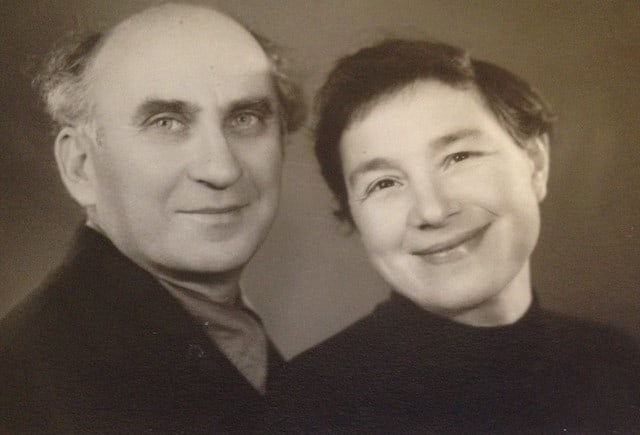
Labkovski returns to Vilna with his wife, Rivka, in 1946. He worked at the Yiddish Museum until its closure in 1948. He remained behind the “Iron Curtain” for over a decade. In 1958, Labkovski was finally given permission to immigrate to Israel.
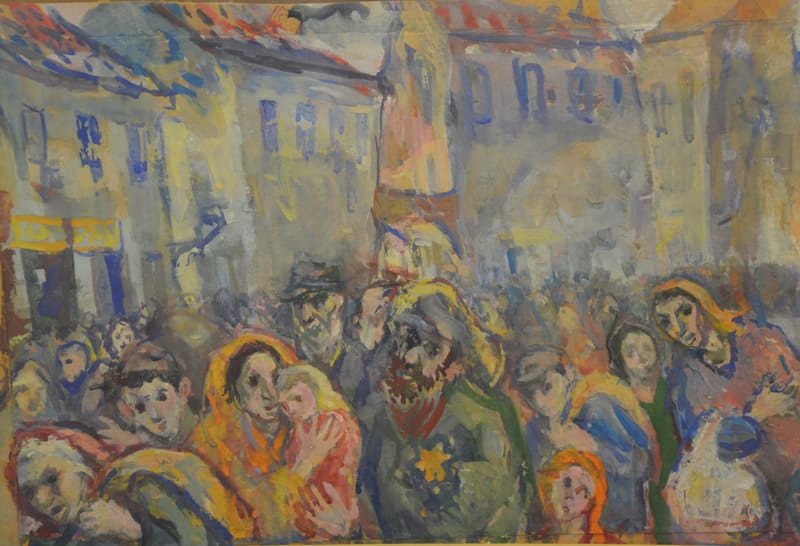
In 1958, David and Rivka emigrated from Vilna to Israel. That same year, a showing of his art brought artistic recognition. Unfortunately, the public was not ready to confront images of the recent past. Labkovski felt betrayed by society’s reaction.
Labkovski moved to Safed, where he spent his time painting, from memory, the lost world of Jewish Vilna. In 1988, the David Labkovski Museum opened in Ramat Gan, Israel. He chose not to sell his work, but he hoped it would one day become a tool for bearing witness to the past.
Labkovski passed away in 1991.
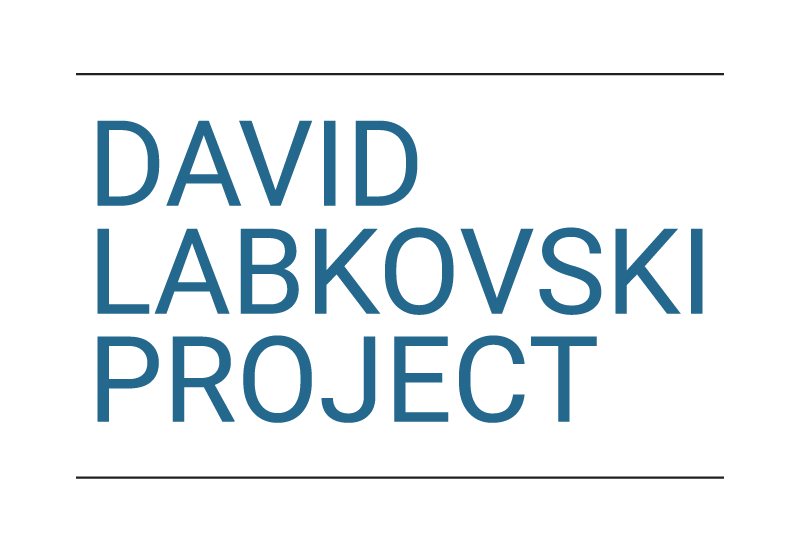
Since 2016, the DLP has piloted and implemented a project-based unit of study in public, private and charter schools from 8th grade through university. The DLP has a history of meaningful and impactful programming where barriers are broken and students from all backgrounds and levels of learning succeed.